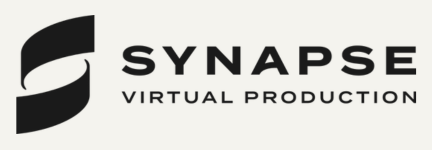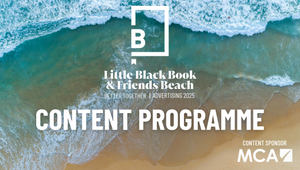
The Myth of 'One Size Fits All': Why Personalisation and Participation Are the Future of Global Campaigns

In today’s globalised world, a creative concept can travel from Buenos Aires to Bangkok in seconds. But that doesn’t mean it should look, sound, or feel the same everywhere it lands. Small World Studio believes that the most powerful global campaigns embrace cultural differences, using intentional and personalised design and audience participation from the start.
“Cultural nuances are really at the heart of authentic engagement,” says creative director, Silvia Sánchez. “Getting them right can mean the difference between resonating with local audiences or missing that connection entirely.” In some cases, the consequences of overlooking these subtleties can be more than a missed opportunity -- they can cause real offence and lasting damage to a brand’s reputation.
“We’ve seen brands try to push US-centric humour in markets where it simply falls flat,” Silvia explains. “Or visuals that lean too hard into progressive DEI representation, which some local audiences have found excessive or forced.” Even symbols can backfire: “A symbol that’s benign or positive in one culture might be deeply offensive in another.”
That’s why Small World Studio works by embedding local strategists, planners and creatives into the creative process from the very beginning. “This lets us validate, extend, or modify creative strategy based on real cultural nuances and local truths -- not assumptions.”
Global Consistency, Local Flexibility
Striking the right balance between brand consistency and local adaptability is one of the greatest challenges facing marketers today. For Silvia, the key lies in “modularity.”
“A well-informed, adaptable global toolkit gives you the framework to protect your brand’s tone of voice, identity, and style. But it also gives local teams the freedom they need to truly land the campaign in their markets.”
This modular approach doesn’t just account for language and culture -- it extends to design, media trends, and the unique communities driving the conversation around your brand. “It’s about creating systems, not templates. Systems that invite creativity while staying aligned with the campaign’s universal truths.”
Universal stories still matter — but their success depends on their adaptability. Silvia points to Nike’s iconic ‘You Can’t Stop Us’ campaign as a gold standard: “Its message of resilience and unity was universally relatable. But the way it was executed -- using a split-screen format and athletes from around the world -- made it instantly personalisable.”
A similar mindset guided Small World Studio’s global work with Adobe Express. “By anchoring the campaign in shared human experiences like celebration or learning, we were able to design templates and messaging that flexed across age groups, geographies, and cultures -- while still feeling unmistakably Adobe.”
Perhaps the most significant shift in recent years has been the move from geographic segmentation to values-based communities. “Audiences today are more likely to connect over shared beliefs than shared borders,” says Silvia. “A climate-conscious gen z’er in Berlin might have more in common with someone in Mumbai than with their next-door neighbour.”
This shift is prompting brands to build campaigns around micro-communities defined by interests like sustainability, diversity, or empowerment. “It’s not just what you say, but how you say it and where you say it -- and that varies wildly by community,” she adds. “That’s why we develop modular messaging tracks tailored to these themes, then localise them accordingly.”
Cultural Audits Aren’t a Checkbox
Launching a campaign in a new market without a cultural or linguistic audit is like sailing without a compass. “These audits need to happen right at the start of creative development,” Silvia insists. “Too often, brands finalise their global assets and only then ask if they’ll work locally -- which leads to delays, extra costs, or worse, ineffective campaigns.”
The solution? Partnering with agencies that have a deep, experienced network of in-market creatives and consultants. “They help shape the creative from day one. And when it comes to language, it’s essential to work with native creative copywriters who can transcreate -- not just translate -- your message.”
Small World Studio supports local testing of concepts and assets before launch, allowing for last-minute refinements. “This extra step ensures your campaign doesn’t just land — it lands well.”
Creative Models Built for Trust
The future of global content production lies in hybrid creative models. “Creativity doesn’t scale through control -- it scales through clarity and trust,” she says. “We need centralised strategies that are deeply informed by local insights, combined with decentralised creativity that empowers local teams.”
At Small World Studio, that belief drives everything they do. “We don’t believe in ‘one size fits all.’ We believe in stories designed to travel -- and made to belong.”












